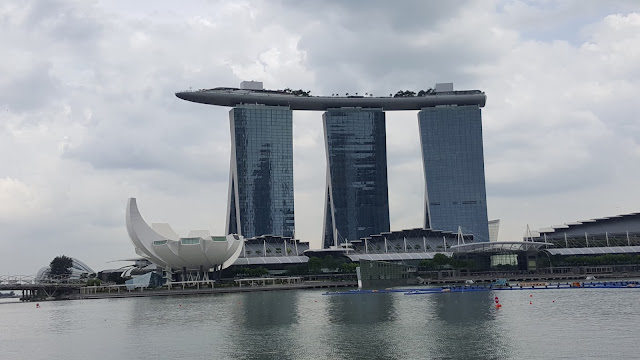Over the past few years of building the odd Synth module I've come across the 4000 series of CMOS chips time and again.
I am an analog addict but I must say that the digital 4000 series is very versatile.
It's hard to keep track of what each chip is capable of so I've decided to start a list.
I hope this list will become useful as it grows over the coming years.
40106 - hex schmitt trigger inverters, oscillators,
4001 - NOR gate (NLC Bools)
4006 - shift register
4011 - NAND gate (NLC Bools)
4015 - shift register
4017 - decade counter
4024 - shift register
4029 - 4 stage counter-binary/decade (NLC 4SEQ)
4030 - XOR gate (NLC Bools)
4040 - divider/ripple counter
4046 - PLL (Phase Locked Loop), VCO, (NLC Vactrol Pill)
4051 - Eight channel multiplexer
4052 - Dual 4 channel multiplexer, (NLC 4SEQ)
4093 - quad schmitt trigger/ NAND gates
4096 - shift register
4051 - multiplexer
4070 - XOR gate (NLC Bools)
4071 - OR gate (NLC Bools)
4077 - XNOR (NLC Bools)
4081 - AND gate (NLC Bools)
Useful links:
+ Msmodular
+ Introduction to Lunetta
+ NLC
+ Fun with Sea Moss
+ Strangeness & Calm
To be continued
I am an analog addict but I must say that the digital 4000 series is very versatile.
It's hard to keep track of what each chip is capable of so I've decided to start a list.
I hope this list will become useful as it grows over the coming years.
40106 - hex schmitt trigger inverters, oscillators,
4001 - NOR gate (NLC Bools)
4006 - shift register
4011 - NAND gate (NLC Bools)
4015 - shift register
4017 - decade counter
4024 - shift register
4029 - 4 stage counter-binary/decade (NLC 4SEQ)
4030 - XOR gate (NLC Bools)
4040 - divider/ripple counter
4046 - PLL (Phase Locked Loop), VCO, (NLC Vactrol Pill)
4051 - Eight channel multiplexer
4052 - Dual 4 channel multiplexer, (NLC 4SEQ)
4093 - quad schmitt trigger/ NAND gates
4096 - shift register
4051 - multiplexer
4070 - XOR gate (NLC Bools)
4071 - OR gate (NLC Bools)
4077 - XNOR (NLC Bools)
4081 - AND gate (NLC Bools)
Useful links:
+ Msmodular
+ Introduction to Lunetta
+ NLC
+ Fun with Sea Moss
+ Strangeness & Calm
To be continued









 ..
..







 ...
...


 ..
..





























 .
. .
.























 ..
..







